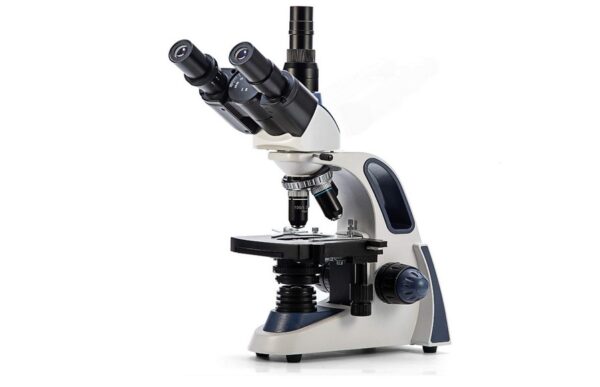What microscope can see bacteria?
A microscope is an important addition to your lab, medical school, or home science tool kit. There are different types of microscopes intended to be used for looking at different-sized specimens and objects. Most of the low-cost microscopes have lower magnification and are appropriate for looking at large microbes only.
However, compound microscopes are the best for viewing all types of microorganisms down to bacteria. Since compound microscopes differ from one model to the other, some are better for seeing bacteria and other microbes than others. Plus, the magnification in most compound microscopes varies from 1000x to 2500x.
What are Bacteria?
Bacteria are microscopic living organisms found in almost every environment. These microorganisms live in large numbers from deep in the ground to inside the digestive tract of animals and humans. Bacteria like other microbes are too small to be seen with the naked eye. In order to see them, you will need to use a microscope with a high magnification strength.
Bacteria come in different shapes and sizes. Most of them are 0.2um in diameter and 2-8um in length. When it comes to shape, they range from spheres, rods, and spirals. A single bacterium is transparent in appearance, but bacteria have color when they are inside their colony.
Transparent bacteria are difficult to see. You should use phase contrast optics to recognize them with your microscope. This procedure involves making the bacteria darker and lighter than the background to increase its visibility. On the other hand, you can stain the bacteria specimen for better results.
Importance of Bacteria to Humans
Not all bacteria are harmful to humans. Good bacteria are very helpful to both humans and animals. They are found in almost every environment and are very essential for our survival. Here are some of the importance of bacteria to humans.
- Most bacteria are found in our digestive system. They help to digest food substances that our bodies can’t break down on their own.
- Food production. Bacteria are used in food production industries to make yogurt and fermented food.
- Good bacteria are used to create antibiotics and vaccines
- Good for the ecosystem. The ecosystem depends on different bacteria to stay sustainable. Bacteria are used to clean up oil spills, toxic waste and break down dead matter in the environment.
How are bacteria harmful?
Not all bacteria are good. Some bacteria are harmful to our bodies and the environment. If you ingest the bad bacteria, you will get sick. Bad bacteria are called pathogenic bacteria because of the harm they cause. They may reproduce in your body and release toxins that make you feel ill. Typically, harmful bacteria cause diseases such as cholera, TB, strep throat, staph infections, and food poisoning.
Final Thoughts
Looking at bacteria under a microscope is no different as look at any other specimen under a microscope. However, since bacteria are microscopic, you’ll need a microscope with a powerful magnification to see them. Compound microscopes produce higher magnification which is essential for viewing bacteria and any other small microbes.
See Also
- What is the Most Powerful Microscope Magnification?
- Who is Known as the Father of Microscopy?
- Best Microscopes on the Market

